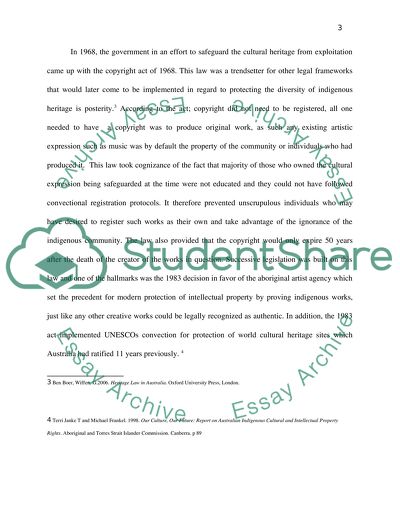Cite this document
(“Australian Aboriginal and Torres Strait Islander Art Essay”, n.d.)
Retrieved from https://studentshare.org/visual-arts-film-studies/1487653-australian-aboriginal-and-torres-strait-islander
Retrieved from https://studentshare.org/visual-arts-film-studies/1487653-australian-aboriginal-and-torres-strait-islander
(Australian Aboriginal and Torres Strait Islander Art Essay)
https://studentshare.org/visual-arts-film-studies/1487653-australian-aboriginal-and-torres-strait-islander.
https://studentshare.org/visual-arts-film-studies/1487653-australian-aboriginal-and-torres-strait-islander.
“Australian Aboriginal and Torres Strait Islander Art Essay”, n.d. https://studentshare.org/visual-arts-film-studies/1487653-australian-aboriginal-and-torres-strait-islander.


